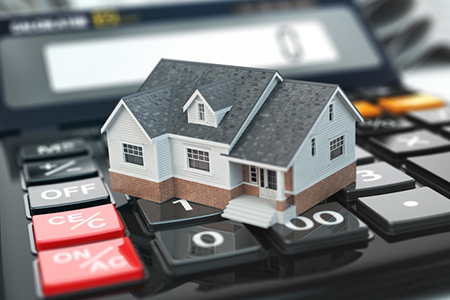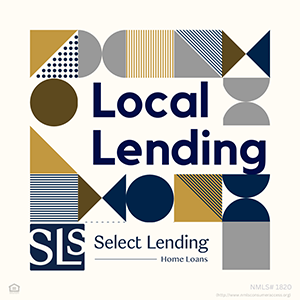
Paying Off Your Mortgage in 15 Years vs. 30
Paying off your mortgage early and living mortgage-free so you can use the money for other things—such as travel and an early retirement—can sound like a pipe-dream that’s impossible to get to, but it doesn’t have to be.
If you have a 30-year mortgage, there are a few ways to cut that time in half, or at least come close to it:
Add a Monthly Payment Each Year
This easy step will cut about three years off a 30-year mortgage by spreading out one extra monthly mortgage payment over a year.
Start by dividing your monthly principal and interest by 12 and add that amount to your monthly payment. At the end of the year you’ll have made 13 payments in 12 months.
Doing that with a $200,000 mortgage will pay off a 30-year mortgage three years and three months earlier, saving you $18,000 in interest on a loan at 4.5 percent interest.
Refi
Let’s say you’re five years into a 30-year fixed-rate mortgage, such as the one listed above at 4.5 percent interest for a $200,000 loan. Refinancing to a 15-year loan at 4 percent will pay off the mortgage 10 years earlier and save you more than $60,000.
Your monthly principal and interest will increase from $1,013 to $1,345, so you’ll need an extra $333 per month to be able to afford it.
Shorter-term mortgages often have lower interest rates, so only refi your loan if you can get a lower rate to make the refinancing costs worthwhile.
If you don’t want to refinance but have the extra money each month to increase the payment, then you can pay off the loan in 15 years instead of 30 by making the extra payments. Just make sure to let your lender know that the extra money should go toward the principal.
Use a Windfall
If you’ve received an annual bonus at work, large tax refund or other financial windfall, putting it toward your mortgage can take a few years off the debt.
Making an extra $10,000 lump-sum payment toward the principal balance on our mortgage sample above would pay off the mortgage two years and four months earlier, saving you $19,000 in interest.
Downsize
It’s a drastic move, but selling your home and downsizing to a smaller, less expensive home is another way to lower your mortgage debt.
The profits may allow you to buy a smaller home for all cash. At the very least, a smaller mortgage will allow you to pay it off quicker by making the same payments you did on your old house.
Qualifying for a Home Improvement Mortgage
Making improvements to your home can pay off in a few ways. Additions, upgrades and general property improvements can increase the value of a home, and make it more comfortable to live in.
Using your home loan as a home improvement mortgage to pay for repairs and improvements to a home can be an easy way to come up with the money without having to dig in your bank account.
Home equity loans and lines of credit are two of the most common ways to finance home improvement loans. They’re secured by the equity in your home, have low interest rates, and the interest you pay is usually tax-deductible.
Home equity loans are a type of second mortgage. They’re secondary to your primary mortgage, meaning if you don’t pay your mortgage and face foreclosure, the secondary loan will only be paid after the primary mortgage is paid off.
The usual home equity loan provides a sum of cash you can spend as you want to, and is a fixed-rate loan repaid over 10 to 20 years.
A home equity line of credit, also called a HELOC, is a line of credit that can be drawn upon as you need it. HELOCs are typically adjustable-rate loans when you’re borrowing money, but can be changed to fixed-rate when you pay them back.
To qualify for equity loan, you need home equity, credit and income. You’ll need 25 to 30 percent equity in your home so that you can borrow from it and have enough money left for a financial cushion.
For example, if your home cost $400,000 and you owe $300,000 on it, you have $100,000 in equity, or 25 percent. You can borrow a portion of that $100,000 through a home equity loan.
Most home equity lenders will allow you to borrow up to 80 percent of the equity you have in your home. In the above example with $100,000 equity, you’d be allowed to borrow $80,000.
A good credit score of 650 or higher is usually good enough to qualify. You’ll also need enough income to cover your debt payments, which include your mortgage and new home equity loan. They shouldn’t exceed 45 percent of your gross monthly income.
With those ideas in mind, remember to shop around for a home improvement loan. The loan doesn’t have to be with your current mortgage lender, but can be with any lender.



